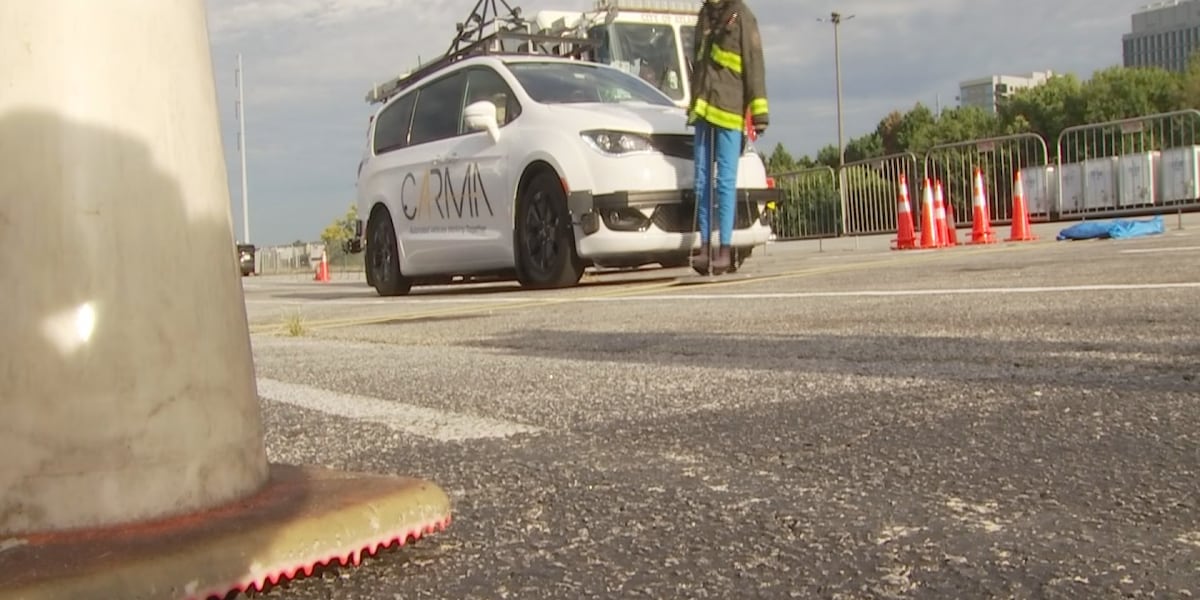Atlanta Showcases Cutting-Edge Tech to Shield First Responders in Autonomous Vehicle Era

Atlanta is rapidly becoming a hub for autonomous vehicle technology, with companies like Waymo testing their self-driving cars on city streets. However, this exciting advancement also presents new challenges, particularly concerning the safety of our brave first responders. Recognizing this, Atlanta Department of Transportation (ATLDOT) Commissioner Solomon Caviness is championing the integration of connected and automated vehicle (CAV) technology to safeguard those who rush into harm's way.
The Growing Need for First Responder Protection
As self-driving cars become more prevalent, the potential for incidents involving these vehicles increases. First responders – police officers, firefighters, paramedics – are often among the first to arrive at these scenes, placing them at significant risk from unpredictable traffic patterns, distracted drivers, and the inherent dangers of the situation. Traditional safety protocols, while essential, may not be sufficient in a world where vehicles are increasingly autonomous.
Innovative Technologies on Display
Recently, Atlanta hosted a demonstration showcasing a range of innovative technologies designed to protect first responders in the age of autonomous vehicles. These technologies include:
- Vehicle-to-Everything (V2X) Communication: This allows vehicles to communicate with each other, infrastructure (like traffic lights), and even first responders' equipment. This provides real-time alerts about hazards, emergency situations, and the location of responders, enabling vehicles to adjust their behavior accordingly.
- Automated Work Zone Protection: Systems that automatically detect and manage traffic flow around work zones, reducing the risk of collisions involving first responders and construction crews.
- Geofencing and Virtual Boundaries: Creating virtual boundaries around emergency scenes that alert autonomous vehicles to slow down, stop, or reroute, ensuring a safe perimeter for responders.
- Enhanced Responder Visibility: Utilizing technologies like high-visibility vests with reflective materials and smart helmets equipped with communication devices to ensure responders are easily seen and can communicate effectively.
Commissioner Caviness' Vision
Commissioner Caviness emphasized the critical role of CAV technology in creating a safer environment for everyone, especially first responders. “We’re not just embracing autonomous vehicles; we’re embracing the responsibility to ensure their integration is done safely and responsibly,” he stated. His vision involves a proactive approach, incorporating safety measures from the outset, rather than reacting to incidents after they occur.
The Future of First Responder Safety
The demonstration in Atlanta highlights a growing awareness of the need to adapt safety protocols to the evolving landscape of transportation. By investing in and implementing CAV technologies, cities like Atlanta can significantly reduce the risks faced by first responders, allowing them to focus on their life-saving work without unnecessary danger. This commitment to safety will be crucial as autonomous vehicles become increasingly commonplace on our roads, ensuring a future where both technology and human lives are protected.
The integration of these technologies isn't just about preventing accidents; it’s about creating a more efficient and coordinated response system, ultimately saving lives and improving the well-being of our communities. Atlanta's proactive approach serves as a model for other cities grappling with the challenges and opportunities presented by the autonomous vehicle revolution.






